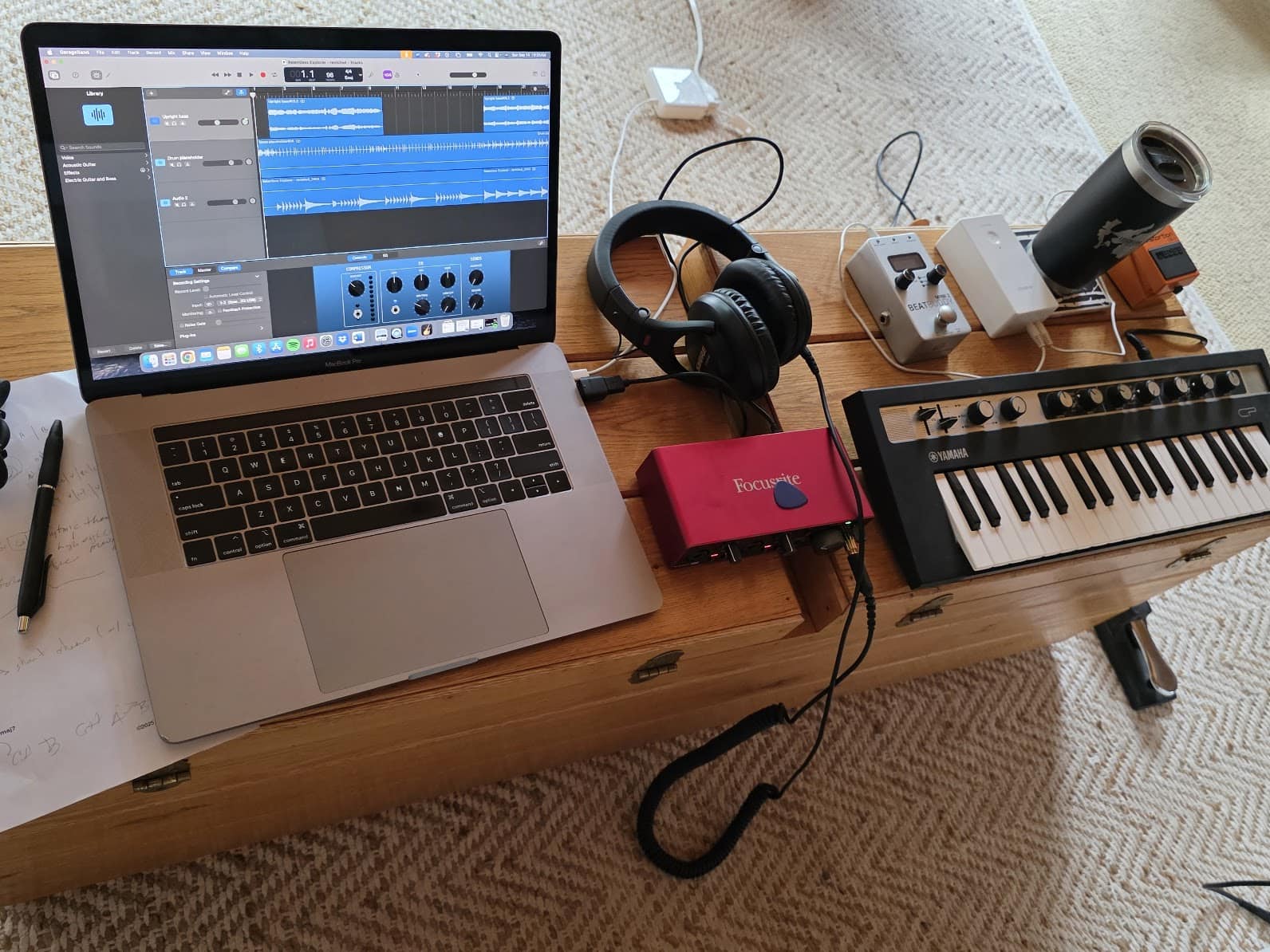By the time the project’s outcome is achieved, it rarely resembles its original intent. Many brains now have ownership. Songwriting, for instance, is a team endeavor. The composer typically gets the byline, but the credit belongs to a group of often unheralded collaborators.

The same is true for most creative projects. While a single teammate may generate the idea, the eventual outcome enjoys the endorsement of many signatures. Consider two examples – one personal and one business – in which an ecosystem formed around a cell.
The amateur musician built a hobby of converting emotional experiences to song lyrics. He knew enough basic music theory to select chords, rhythms, and melodies that matched the mood of the lyrics. An archive of musical ideas grew quietly. Whenever he shared a sample of his composition, the listener would invariably offer artistic suggestions. The songs morphed. With each round of feedback, the circle of collaborators grew. Soon, the makeshift team included a handful of other musicians, a music educator, and a sound engineer.
Although there is only one composer’s name listed when the songs are streamed, the liner notes are intentional in spelling out each teammate’s contribution.
Prior to the trademarking, publication, and research validation of the Team Clock® methodology, the cyclical model for team wellness was a little epiphany that emerged from a mind-wandering moment in a graduate school classroom. Sharing the idea with a trusted professor led to a phase of research and market testing. Feedback from a student unveiled a way to scale impact. A back-of-the-napkin sketch with a friend over lunch triggered a meeting with a publisher. An advisory board of subject matter experts enabled global reach.
Although there is only one author’s name on the cover of the book, the ecosystem of collaborators can be found when you thumb the pages to the ‘Acknowledgements’ section.
Try this exercise: Imagine you were at the conclusion of a project, and you wanted to find a way to thank everyone who had influenced the accomplishment in any way. Who would be on your list? How would you characterize their contribution? How would you show your gratitude?

